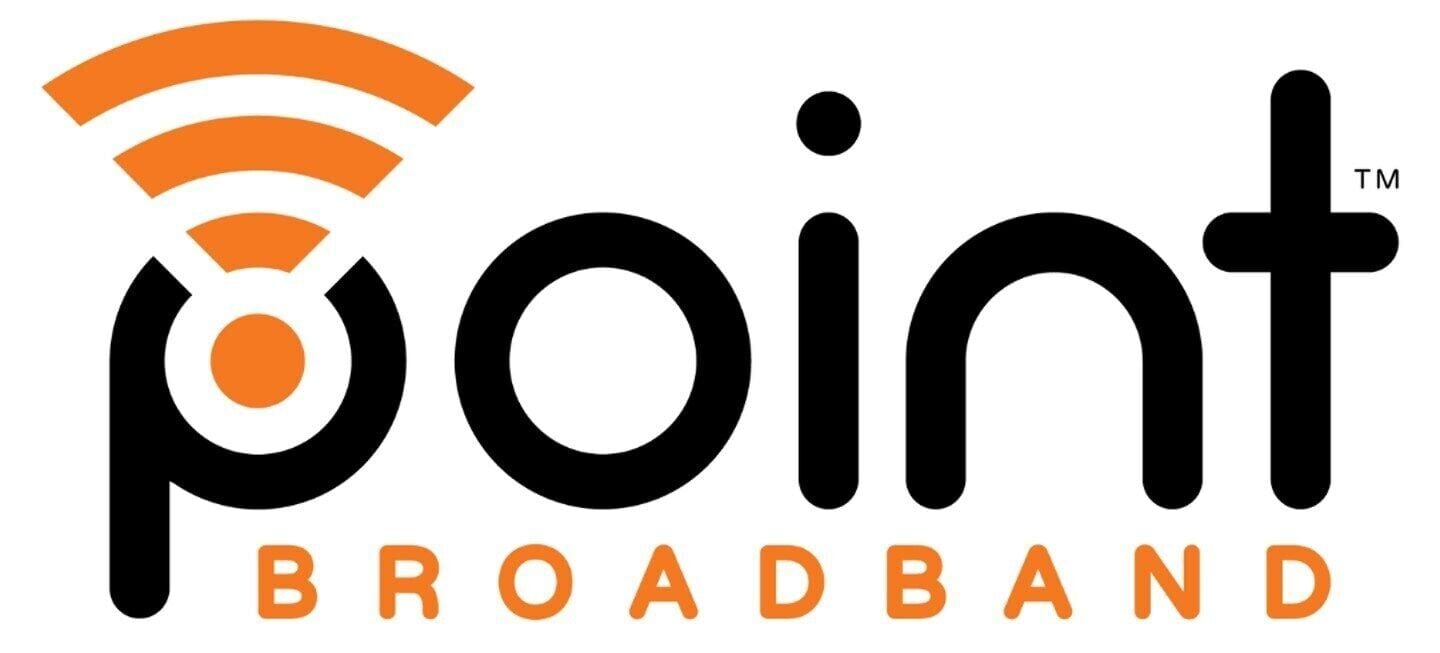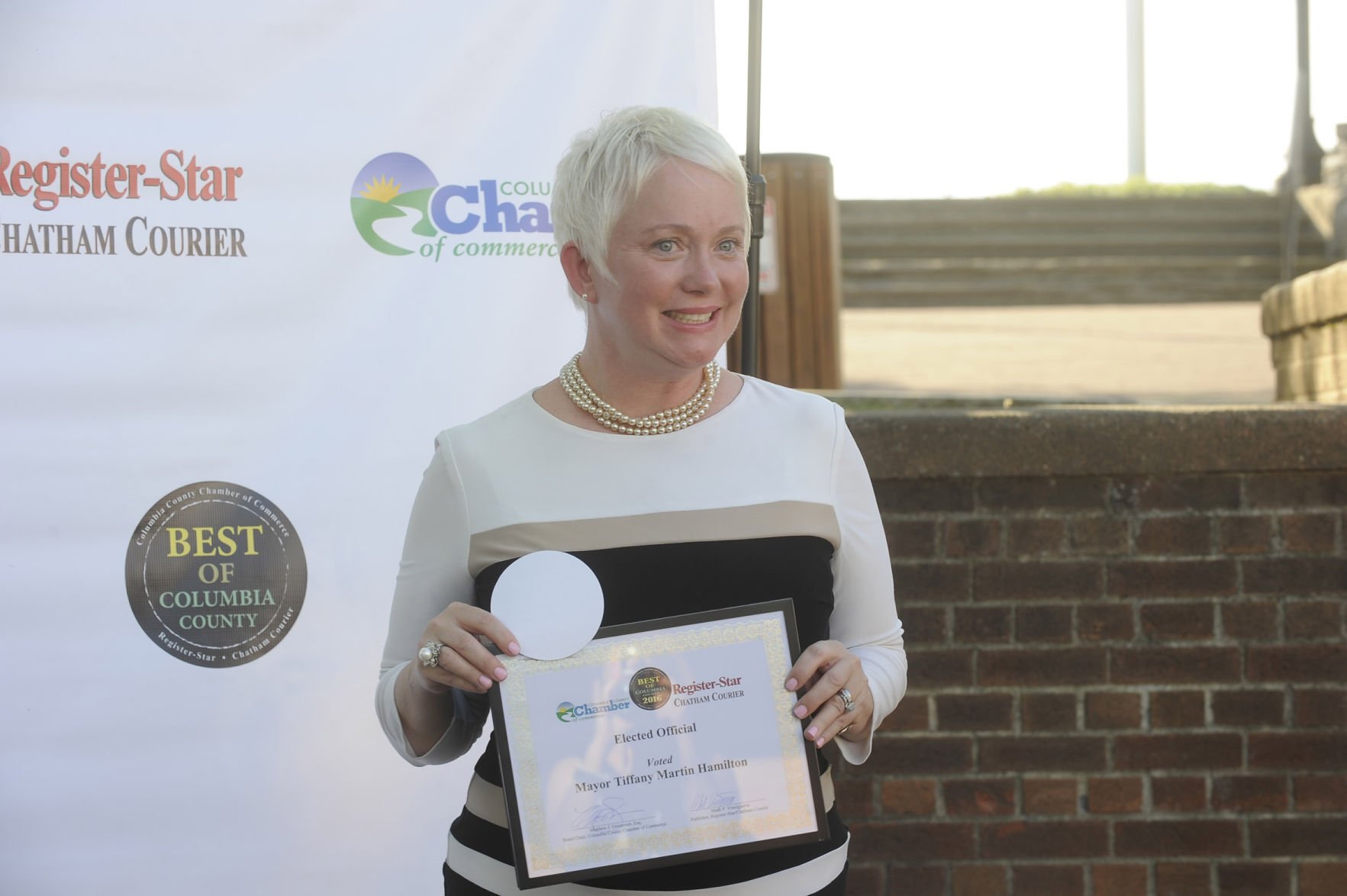In an era where environmental sustainability is becoming increasingly important, making eco-friendly upgrades to your home not only benefits the planet but can also lead to significant cost savings. Embracing sustainable home improvements can reduce your environmental footprint, enhance your home’s comfort, and even increase its value. Here are some practical eco-friendly upgrades that save money while promoting a greener lifestyle.
Sustainable Home Improvements: Eco-Friendly Upgrades That Save Money

Conduct an Energy Efficiency Audit
Before making any upgrades, it’s essential to understand how your home consumes energy. By evaluating your home’s energy usage, you can identify areas where improvements are needed the most. Energy efficiency audits can reveal leaks, insulation gaps, and inefficient appliances that contribute to high energy bills.
Upgrade Insulation and Seal Air Leaks
Proper insulation is key to maintaining comfortable temperatures year-round without over-reliance on heating and cooling systems. Adding insulation to your walls, attic, and floors helps retain heat during winter and keep your home cool in summer. Additionally, sealing windows and doors prevents drafts, reducing energy loss and lowering utility costs.
Install Energy-Efficient Windows and Doors
Replacing old, single-pane windows and doors with energy-efficient models can significantly reduce energy consumption. Features like double or triple glazing, low-emissivity coatings, and insulated frames minimize heat transfer. Upgrading windows and doors not only improves efficiency but also enhances your home’s aesthetic appeal.
Switch to LED Lighting
Lighting accounts for a considerable portion of a home’s energy usage. By installing energy-efficient lighting, such as LED bulbs, you can reduce energy consumption by up to 75% compared to traditional incandescent bulbs. LEDs also last significantly longer, saving money on replacements over time.
Invest in ENERGY STAR Appliances
Upgrading to ENERGY STAR-certified appliances ensures you’re using products that meet strict energy efficiency guidelines. Energy-efficient refrigerators, washers, dryers, and dishwashers use less electricity and water, leading to lower utility bills without compromising performance.
Install a Programmable Thermostat
Heating and cooling can account for nearly half of a home’s energy costs. A programmable or smart thermostat allows you to optimize temperature settings based on your schedule, reducing unnecessary energy use when you’re away. Installing a programmable thermostat can lead to significant savings while maintaining comfort.
Harness Solar Energy
One of the most impactful upgrades is switching to solar energy. Installing solar panels transforms sunlight into electricity, drastically cutting down on utility bills. Additionally, solar water heaters and attic fans reduce the load on traditional energy systems. With available tax credits and incentives, the initial investment becomes more affordable, and the long-term savings are substantial.
Use Low-Flow Water Fixtures
Water conservation is a crucial aspect of sustainability. Updating faucets, showerheads, and pipes to low-flow models reduces water usage without sacrificing comfort. Installing dual-flush toilets and aerators can further decrease water consumption, leading to lower water bills and environmental benefits.
Opt for Eco-Friendly Paints and Materials
Many conventional paints release volatile organic compounds (VOCs) that can harm indoor air quality. Choosing eco-friendly paints with low or zero VOCs creates a healthier living environment. Additionally, using sustainable materials like bamboo flooring, cork, or reclaimed wood reduces environmental impact and often enhances the beauty of your home.
Improve Indoor Air Quality
A healthy home isn’t just about energy savings; it’s also about the air you breathe. Incorporating air-purifying plants, using non-toxic cleaning products, and maintaining your HVAC system can improve indoor air quality. Better air quality contributes to overall well-being and can reduce health-related expenses.
Start a Compost Bin and Plant a Garden
Reducing household waste is easier when you start a compost bin. Composting organic waste turns scraps into valuable fertilizer for your garden. Planting a garden not only beautifies your space but also supports local biodiversity and can provide fresh produce, saving money on groceries.
Utilize Financial Incentives
Making eco-friendly upgrades is more affordable thanks to various financial incentives. Programs like the Inflation Reduction Act offer tax credits covering up to 30% of certain energy-efficient upgrades, including solar panels and energy-efficient appliances. Rebates and state-specific incentives can further offset initial costs.
Conclusion
Embracing sustainable home improvements is a win-win for homeowners and the environment. By making these eco-friendly upgrades, you reduce your carbon footprint, enjoy long-term cost savings, and create a healthier living space. Small changes can make a significant impact, and with available incentives and resources, there’s never been a better time to invest in a greener home.











